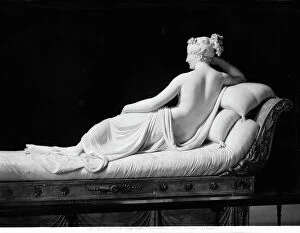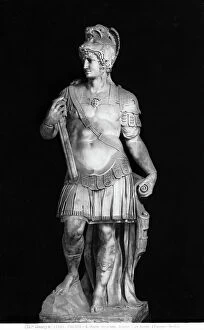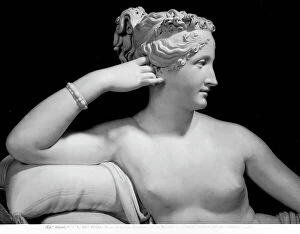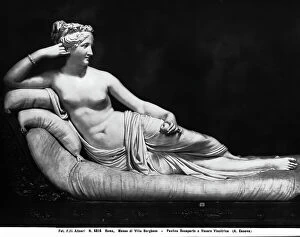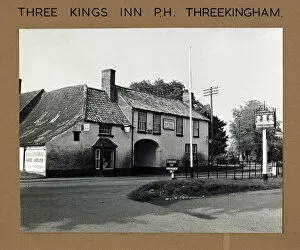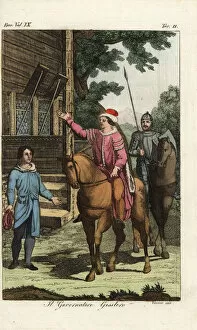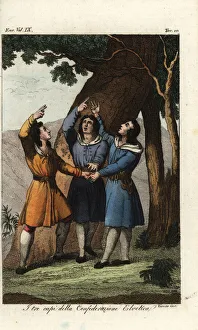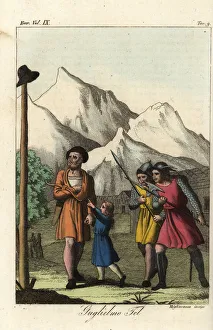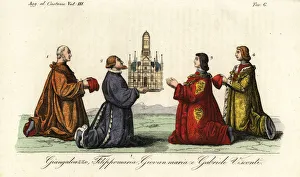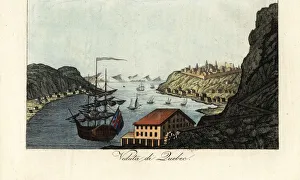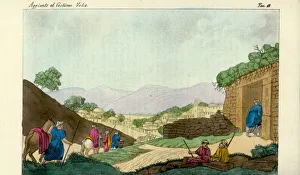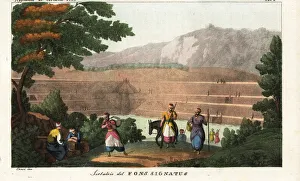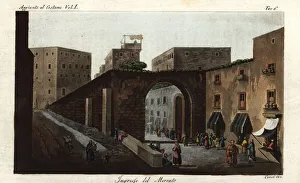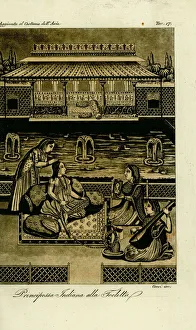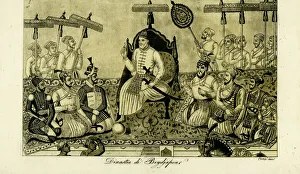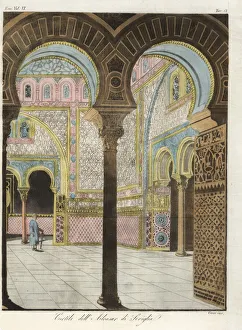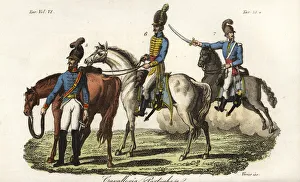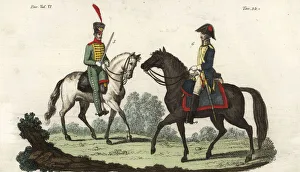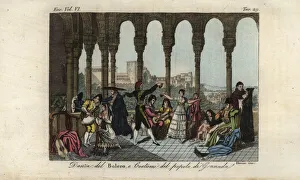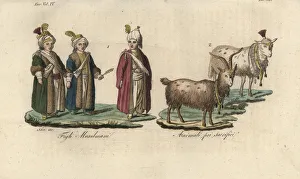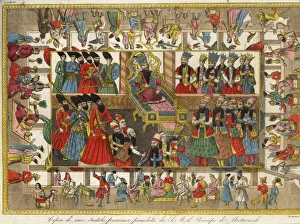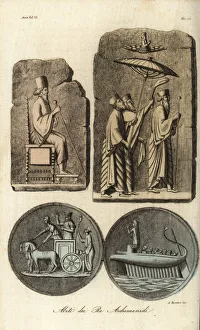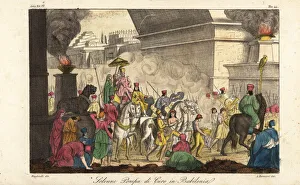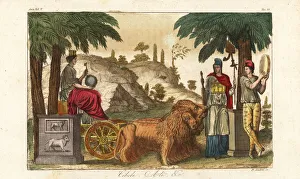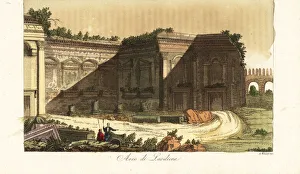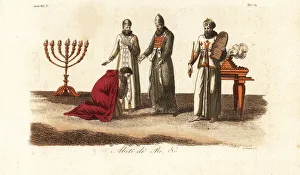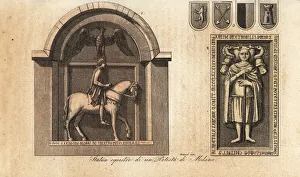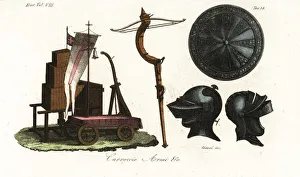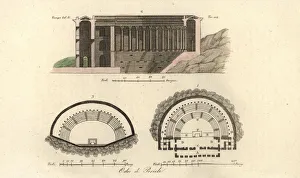Peoples Collection (page 14)
"Peoples: A Tapestry of History and Culture" Step into the vibrant world of peoples, where history unfolds through captivating images and artifacts
All Professionally Made to Order for Quick Shipping
"Peoples: A Tapestry of History and Culture" Step into the vibrant world of peoples, where history unfolds through captivating images and artifacts. From Chairman Mao's iconic Cultural Revolution Poster in China to the British Empire's 19th-century world map, each hint offers a glimpse into diverse societies that have shaped our global narrative. Picture No. 10766707 takes us back to an era when postcards were used as tools for social change, like the one promoting the Budget League. It reminds us of how people united for common causes even in challenging times. The Shield of Achilles, renowned from Greek mythology, symbolizes strength and valor exhibited by individuals throughout history. Its mention here hints at epic battles fought by heroes like Hector. P. D. S. A. AMBULANCE signifies humanity's unwavering commitment to saving lives during emergencies—a testament to compassion transcending borders and cultures. Traveling further back in time, we encounter a Liberal Election Campaign Card from 1909—an artifact showcasing political engagement among citizens striving for progress within their society. The Afghan People of 1848 remind us that every nation has its own unique story—rich with struggles and triumphs—that contribute to our collective tapestry. Pueblo Pots represent indigenous artistry passed down through generations—a celebration of cultural heritage preserved amidst changing times. Spanish Invading Mexico evokes historical encounters between civilizations—the mingling of traditions leading to new narratives emerging on both sides. In Picture No. 10780619, Mao Zedong greeting South Yemen leader highlights international diplomacy bridging gaps between nations—showcasing unity beyond geographical boundaries. These hints weave together tales from different corners of the globe—each representing distinct peoples who have left indelible imprints on our shared human experience. As we explore these snapshots from history, let us celebrate diversity while embracing our interconnectedness as one global community.



